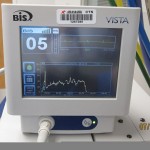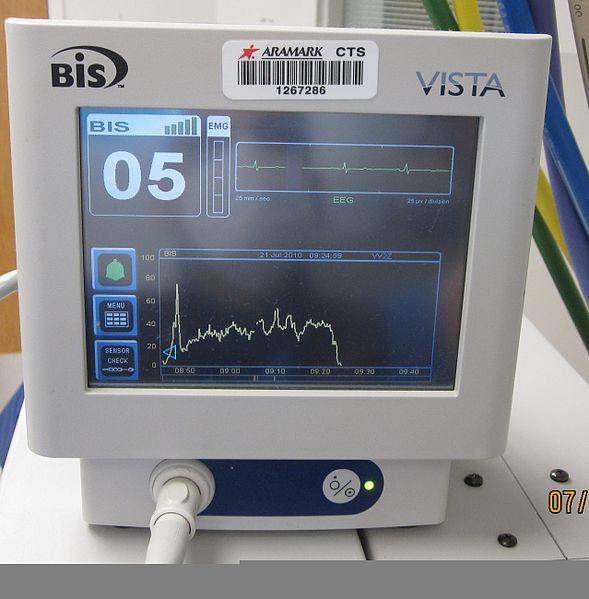 To BIS or not to BIS. That is a common topic for discussion in the anesthesia community. Unanticipated intraoperative awareness is a traumatic event for the patient with many developing post traumatic stress disorder. Anesthetists are challenged with providing safe anesthesia which includes the absence of recall by the patient.
To BIS or not to BIS. That is a common topic for discussion in the anesthesia community. Unanticipated intraoperative awareness is a traumatic event for the patient with many developing post traumatic stress disorder. Anesthetists are challenged with providing safe anesthesia which includes the absence of recall by the patient.
The Bispectral Index was developed from technology related to the processed electroencephalogram. Claims are made that when the BIS value remains below 60 the risk of awareness under anesthesia is greatly reduced.
A study by Avidan et al published in the New Engl J Med studied the effectiveness of the BIS monitor compared to strict monitoring of the end tidal anesthetic gas concentration. Target values of 40-60 were used for the BIS group and 0.7-1.3 MAC for the end tidal anesthetic group. Alarms were set to warn the anesthetist when patient values were outside the prescribed limits.
The authors concluded that use of the BIS monitor did not reduce awareness as compared to strict monitoring of the end tidal anesthetic gas concentration. The study suggests that using the end tidal gas concentration protocol in patients at high risk for awareness could be of benefit. Setting alarms for monitoring end tidal gas concentration is essential.
Click here to read the full article. Please use the “comments” prompt at the top of this page to share your thoughts and experiences.
